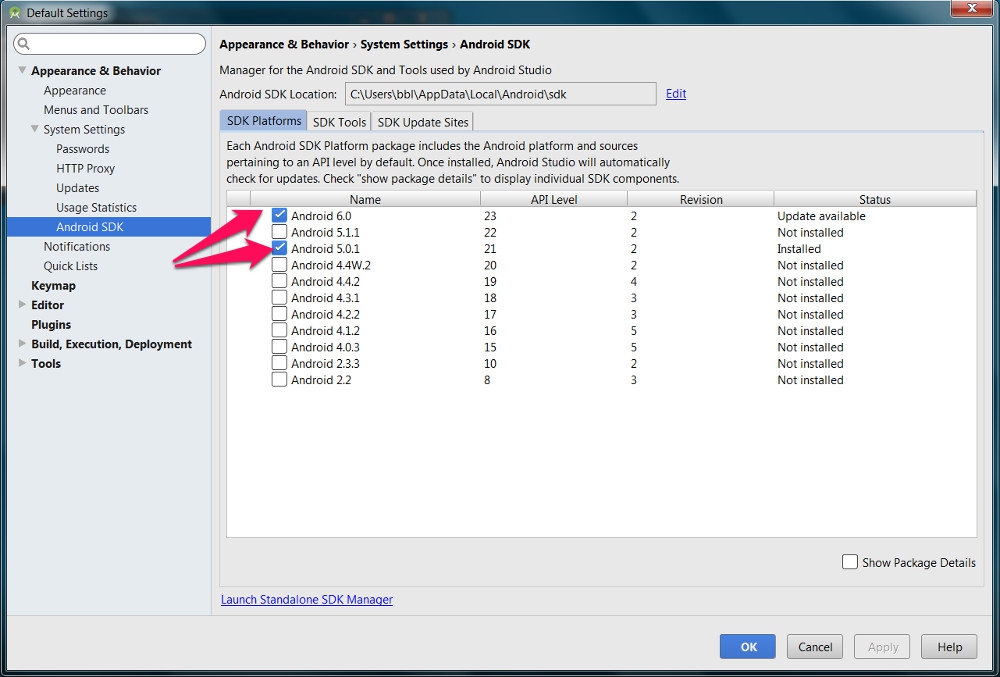
Download the latest (or suitable emulator) from the links supplied below. To shorten the story, firstly make sure the base packages are still intact, and upgrade the emulator as follows: Currently I successfully upgraded to version 27.3.8 (and running Android 9 smoothly). Thus the workaround involves a " manual/forced upgrade" of emulator tools. I discovered that even if you update the "SDK tools", the latest version that you can get is always 25.x.x which has problem on its own as it doesn't allow you to run API levels 26, 27 or 28, as I pointed out in my post on another site: Can't start Android 8.0 Oreo on emulator: “Decryption unsuccessful”Īfter some weeks of investigation I figured out, this was something to do the outdated emulator which is no longer provided unless you running Android Studio (which is contrary to what we want to achieve)įrom the looks of things it seems the emulator (originally distributedĪs part of the Android SDK Tools) is no longer updated since version #Android studio sdk manager location install
Here the most important thing is that you must first install the base packages (i.e sdk tools, platform-tools, GUI sdk and AVD manager etc) found in the last installer version of SDK if you are starting form scratch, otherwise you can skip this step if you already a working sdk installation. If you are starting from scratch I suggest you go through this post first: How do I download the Android SDK without downloading Android Studio?


I am pleased to say that the GUI is here to stay (despite having been officially cut off sometime in SDK 26) I am glad to inform the community that there is still a fully functional workaround to use the Android SDK whilst utilising the traditional GUI that most users are accustomed to.






 0 kommentar(er)
0 kommentar(er)
